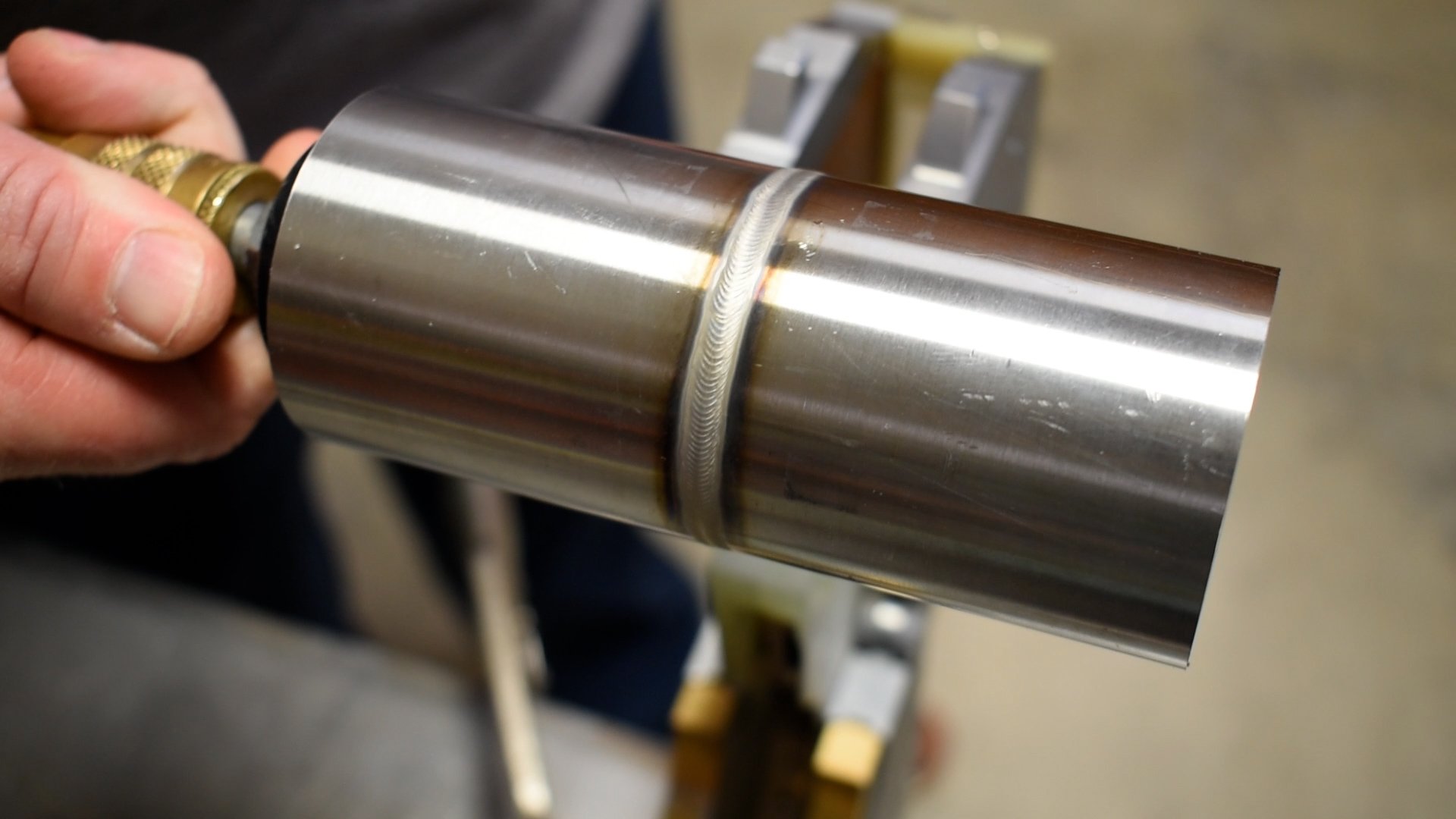Expert Techniques for Preventing Weld Undercut Successfully
Comprehending the Causes and Solutions for Undercut Welding in Metal Construction Processes
In the realm of metal fabrication processes, the event of undercut welding poses a significant difficulty that demands an extensive understanding of its causes and practical services. The intricate interplay of numerous factors throughout welding procedures can bring about this unwanted sensation, affecting the structural integrity and overall quality of the bonded joints - Preventing weld undercut. By studying the origin of undercut welding and checking out effective remedial actions, producers can raise the standard of their handiwork and make sure the manufacturing of remarkable metal components
Usual Reasons of Undercut Welding
Frequently neglected in metal construction, undercut welding happens due to numerous variables that require meticulous attention and expertise to be efficiently alleviated. Furthermore, inappropriate welding strategies, such as making use of the incorrect welding angle or take a trip rate, can likewise add to damage formation. The option of welding specifications, such as voltage, present, and cable feed speed, plays a significant role in the occurrence of undercut welding.
Impact of Incorrect Welding Parameters
Inaccurate welding parameters can significantly endanger the honesty and top quality of bonded joints in metal fabrication processes. The influence of wrong welding specifications materializes in different means, bring about architectural weaknesses and problems in the welded parts. One important element impacted by improper welding criteria is the infiltration depth of the weld. Not enough warm input because of low welding currents or exceedingly high travel speeds can cause insufficient fusion in between the base metals, bring about insufficient joint penetration and damaged bonds. Alternatively, extreme heat input created by high welding currents or sluggish traveling rates can cause too much and burn-through support, creating a weak and unsteady weld framework. Furthermore, incorrect specifications such as inappropriate voltage settings or wrong electrode angles can add to irregular weld bead accounts, lack of blend, and enhanced opportunities of problems like damaging. Thorough interest to welding criteria is paramount to make sure the manufacturing of top quality welds with the wanted mechanical properties and structural honesty.
Effect of Improper Torch Angle
Improper lantern angle in welding procedures can substantially influence the top quality and stability of the final weld joints in metal manufacture procedures. Undercutting is an usual welding issue where a groove develops along the weld toe, compromising the joint and compromising its architectural stability.
A lantern angle that is also steep can result in insufficient infiltration, insufficient fusion, and increased spatter. On the various other hand, a lantern angle that is as well shallow can cause extreme penetration, burn-through, and distortion of the base product. Preventing weld undercut. Appropriate torch angle is crucial for making certain constant weld quality, toughness, and appearance
To avoid damaging and other defects created by incorrect lantern angles, welders need to be trained to preserve the appropriate lantern angle throughout the welding process. Routine monitoring and change of torch angles throughout welding can help attain sound welds with marginal problems.
Duty of Inadequate Welding Methods

One more element of inadequate welding strategies is inappropriate weld prep work. Poor cleansing of the base steels, incorrect joint design, or insufficient side prep work can all add to undercut welding. Additionally, insufficient shielding gas coverage you could try here or making use of the wrong sort of gas can result in incomplete blend and the development of undercut problems.
To attend to the function of inadequate welding strategies in steel fabrication procedures, it is crucial to supply extensive training for welders. Proper education and learning on welding specifications, joint prep work, and protecting gas selection can aid stop undercut welding and guarantee high-quality welds in steel fabrication tasks.
Efficient Solutions for Undercut Welding
Addressing undercut welding in steel fabrication calls for executing reliable services to boost weld quality and architectural integrity. Among the primary options to fight undercut is to change welding criteria such as voltage, current, and take a trip speed to make sure correct warm input and blend. By fine-tuning these settings, welders can stop excessive melting of the base metal and filler product, reducing the probability of undercut development.
Additionally, appropriate joint prep work is essential in protecting against undercut. Guaranteeing tidy base steel surface areas without impurities and making use of the suitable bevel angle can assist advertise better weld penetration and decrease the threat of undercut - Preventing weld undercut. Employing suitable welding methods, such as oscillating the Click Here torch or weaving, can additionally assist in distributing heat uniformly and filling up the weld joint adequately, reducing the possibility of undercut flaws
In addition, picking the correct welding consumables, including electrodes and filler metals, is vital in minimizing undercut. Making use of products with appropriate chemical compositions and mechanical residential properties can add to attaining audio welds with marginal undercut. Normal inspection and quality assurance measures should additionally be implemented to detect and address undercut issues promptly, ensuring the overall honesty of made steel elements.

Final Thought
In final thought, understanding the causes and remedies for undercut welding in steel construction processes is essential for achieving top quality welds. By addressing usual reasons such as inaccurate welding parameters, inappropriate lantern angle, and insufficient welding techniques, welders can protect against damaging and make sure strong, sturdy welds. It is necessary to focus on these elements and implement reliable options to improve the total welding process and end product quality.
